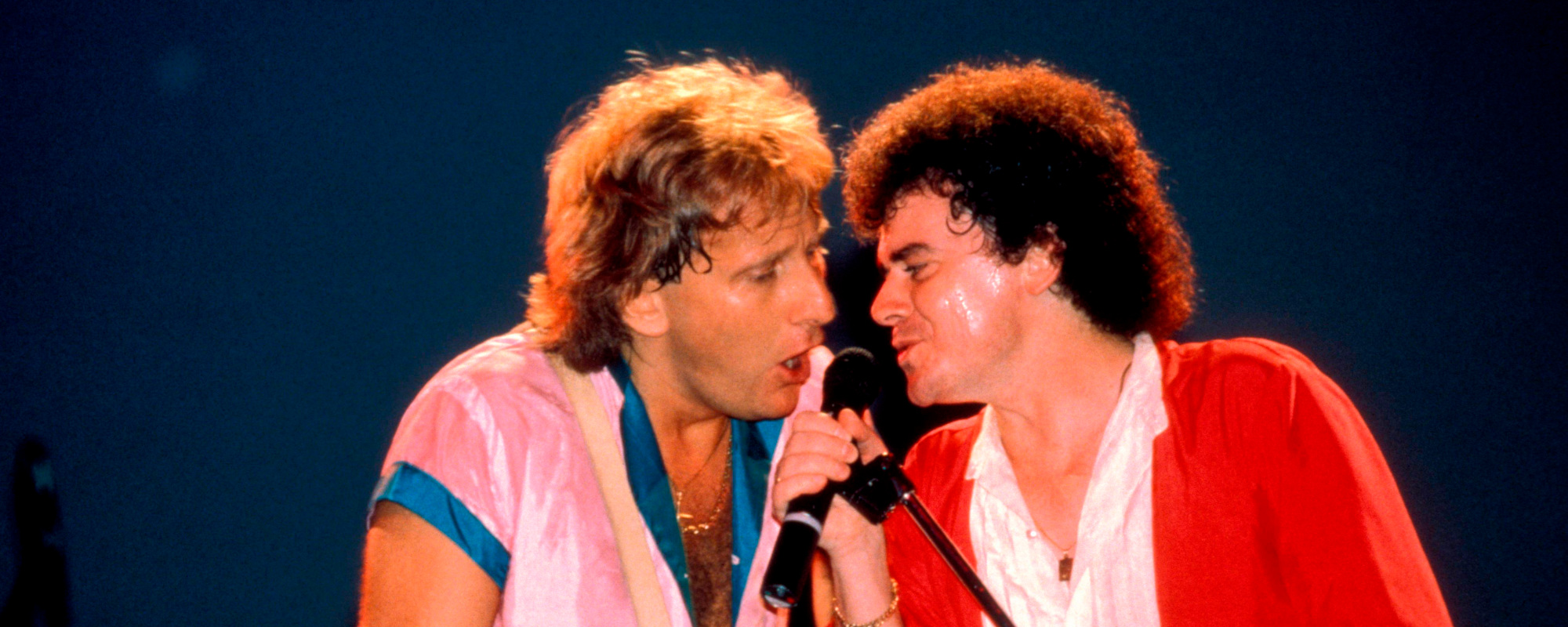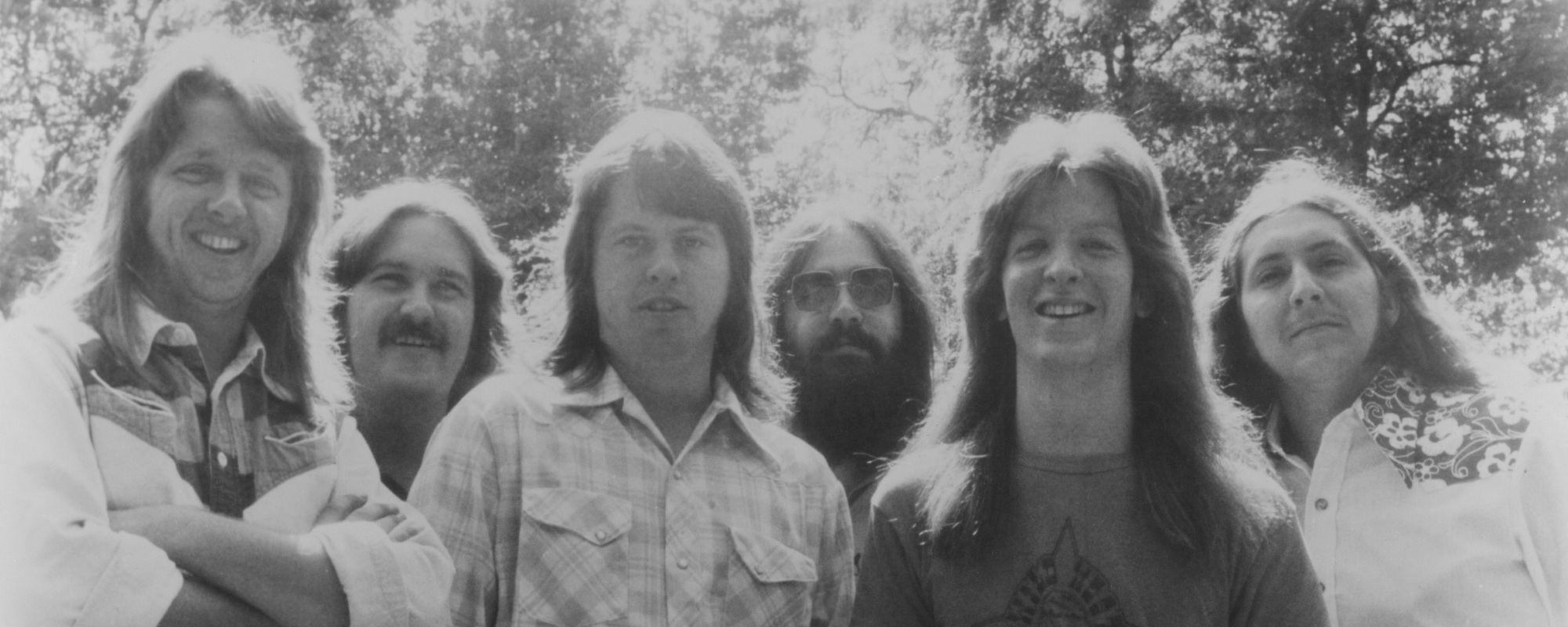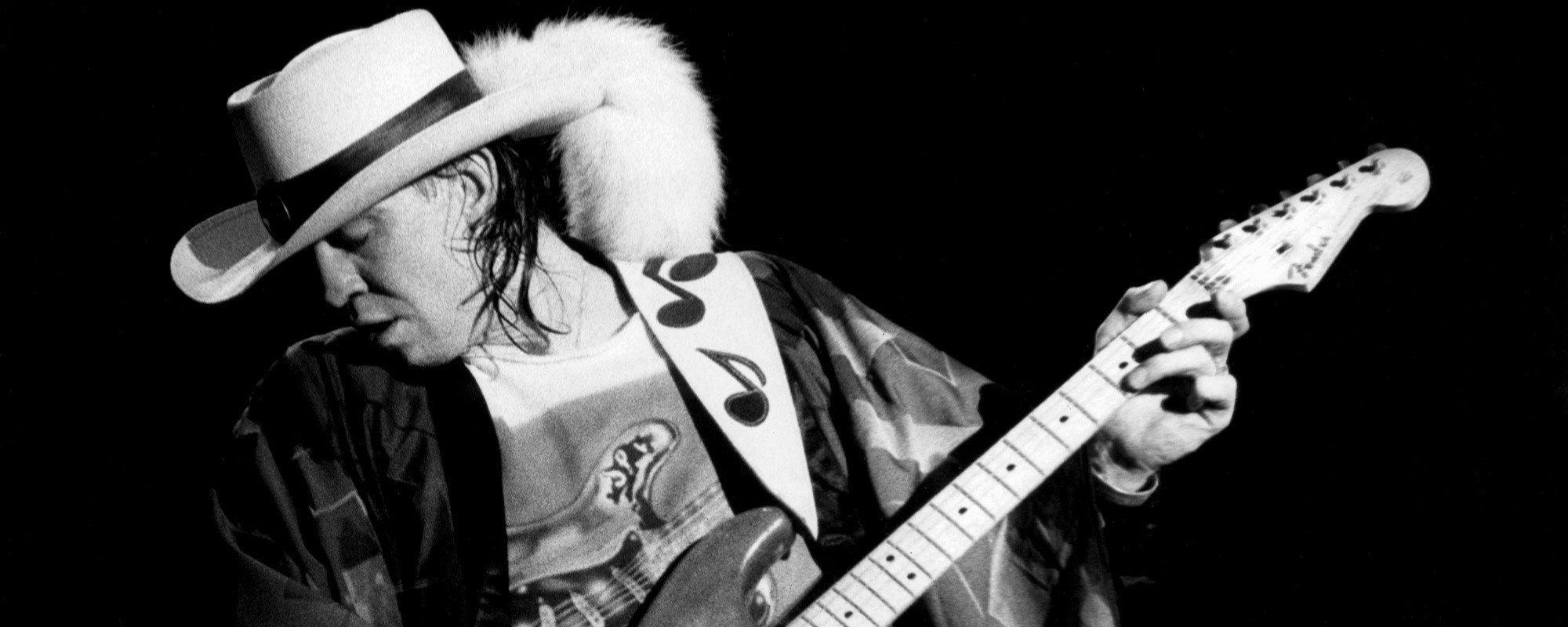Thin Lizzy‘s Jailbreak, released in 1976, holds a special position in the annals of hard rock as one of the most soulful, lyrical LPs in the genre. This quartet could certainly bring the heat with a blistering, dual-guitar attack. Thanks to bassist/lead singer Phil Lynott, they could also break your heart a little.
Videos by American Songwriter
They had been honing their approach for years, and it all came together on Jailbreak. As it turned out, their career peak was a make-or-break moment for the band, who desperately needed some kind of decisive success to keep their careers afloat.
Breakout
Starting with their self-titled debut, Thin Lizzy released one album a year from 1971 through 1975. Although there was the occasional sign of commercial life, most notably with their charged-up take on the folk song “Whiskey in the Jar,” they struggled to make any sort of larger dent on the public consciousness, despite Lynott’s copious talents and charisma as a frontman.
Lineup and stylistic changes somewhat stunted their momentum. Their 1974 album Nightlife largely eschewed hard rock in favor of soul music, but it didn’t move the needle much. That was also the first album which featured new guitarists Scott Gorham and Brian Robertson, replacing former lead axeman Eric Bell.
On the 1975 album Fighting, Thin Lizzy started to make more dynamic use out of what were essentially two lead guitarists. That album sold better than any of their previous efforts. But it wasn’t nearly enough to keep the record company off the band’s back. They’d need to make major progress with their next album, lest they bet let go.
All four band members (including drummer Brian Downey) came in with material, and the band took their time putting together the demos, coming up with instrumental ideas that might work when it came time to lay them down for good. In fact, they had so many songs they nearly left a crucial one on the cutting-room floor.
The original version of the song mentioned G.I. Joe and had an anti-war slant. At the last minute, Lynott changed the lyrical focus, and the band’s manager took a shine to it. It was this song, “The Boys Are Back in Town” that would become a worldwide hit and shine a dazzling spotlight on Jailbreak upon its release.
Revisiting the Music of Jailbreak
On Jailbreak, Thin Lizzy seemed to incorporate all the previous versions of the band into the final picture. Yet at no point do they ever sound disjointed. “The Boys Are Back in Town” is a prime example, what with Gorham and Robertson galloping boldly with their guitar harmonies, Downey bringing some funk with his hepcat drum fills, and Lynott offering his slice-of-life storytelling.
This was a quartet that could handle larger-than-life themes within the lyrics because of how they could match that with the drama of the music. “Jailbreak” and “The Cowboy Song” would sound stereotypical in other hands, but the ebbs and flows of the instrumental approach puts you right out there with Lynott, dodging pursuers and inviting romance on the run.
Going back and listening to the previous Thin Lizzy albums, you can certainly hear hints of what Jailbreak achieved. For example, the heart-on-its-sleeve “Running Back” would have sounded at home on Nightlife, while the album-closing brio of “Emerald” easily could have fit onto Fighting.
With Jailbreak, you tend to forget you’re listening to what’s categorized as a hard rock album. That’s because these guys were way too talented and musically adventurous to be confined. Just like some of Lynott’s protagonists, Thin Lizzy had their backs against the wall when making this record, and came through it all in triumphant fashion.
Photo by Ian Dickson/Redferns













Leave a Reply
Only members can comment. Become a member. Already a member? Log in.